
NCERT Solutions For Class 7 History Chapter 4 Mughal Empire – The Mughal Empire expanded over India where they imposed norms of governance and administration that outlasted their rule in India which left a political legacy that subsequent rulers followed.
Read more: NCERT Solutions Class 7 History Social Science Towns, Traders And Craftspersons
The Mughals were descendants of Genghis Khan, a Mongolian ruler and Timur, a Turkish ruler. They did not like to be called Mughal or Mongol because Genghis Khan massacred many people and they did not want to be associated with that fiasco which was also linked to their competitors, the Uzbegs. However, they were proud of their Timurid ancestry because he had captured Delhi in 1398.
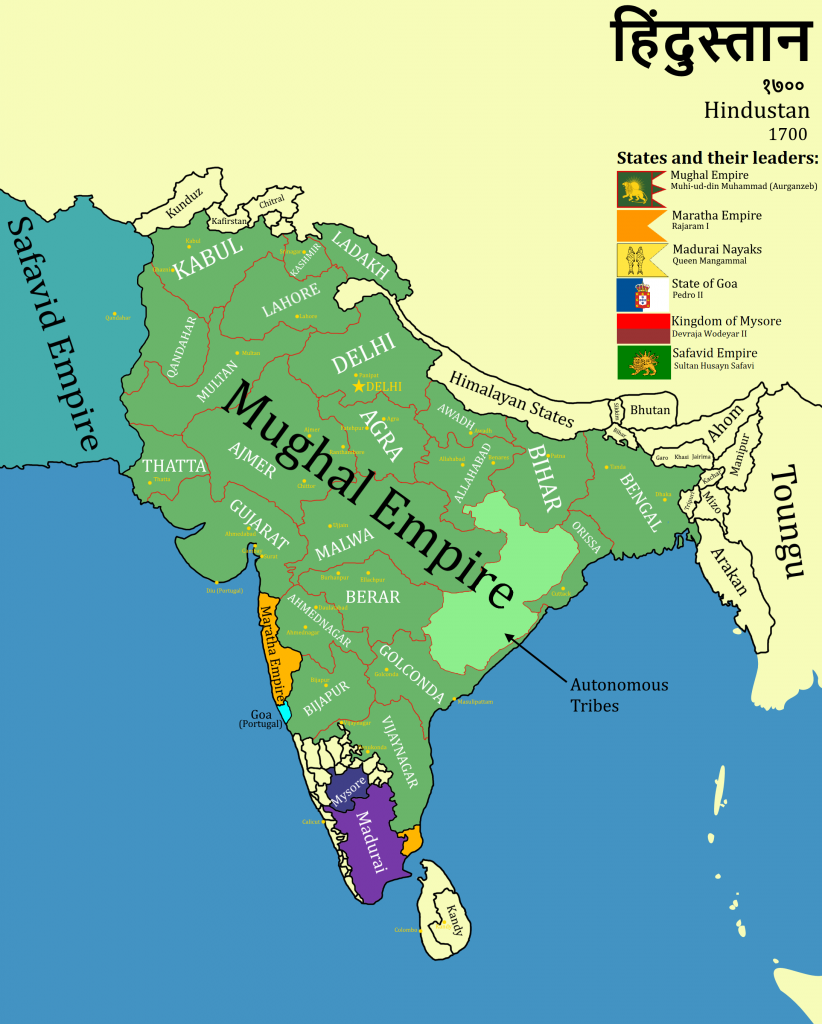
Summary – NCERT Solutions For Class 7 History Chapter 4 Mughal Empire
Military campaigns by emperors of the Mughal Empire – NCERT Solutions For Class 7 History Chapter 4 Mughal Empire
Babur (1526-1530)
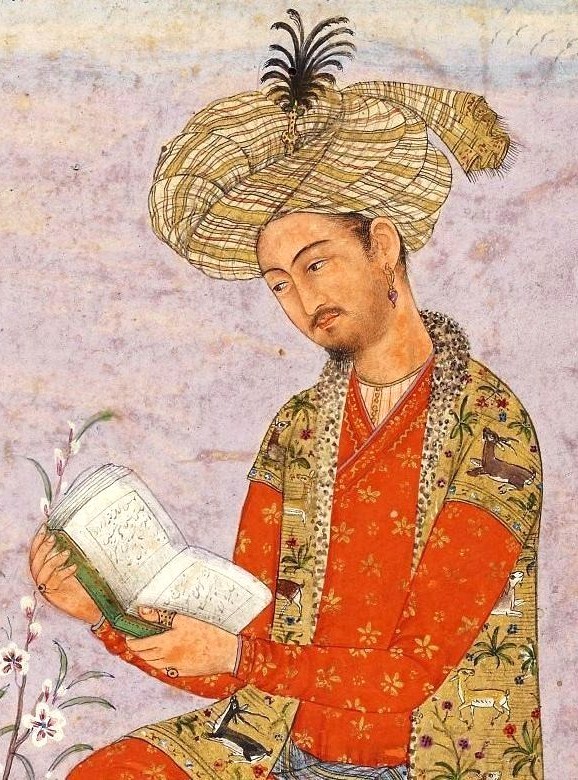
He was the first Mughal emperor who was the successor of Ferghana in 1494 and ascended to the throne when he was 12 years old. Further, after the Uzbegs invaded, he was denounced and after many years he seized Kabul in 1504. He then defeated Ibrahim Lodi who was the Sultan of Delhi and captured Delhi and Agra in 1526. Soon he defeated many other rulers in India like Rana Sanga in 1527, and other Rajput rulers.
Humayun (1530-1540; 1555-1556)
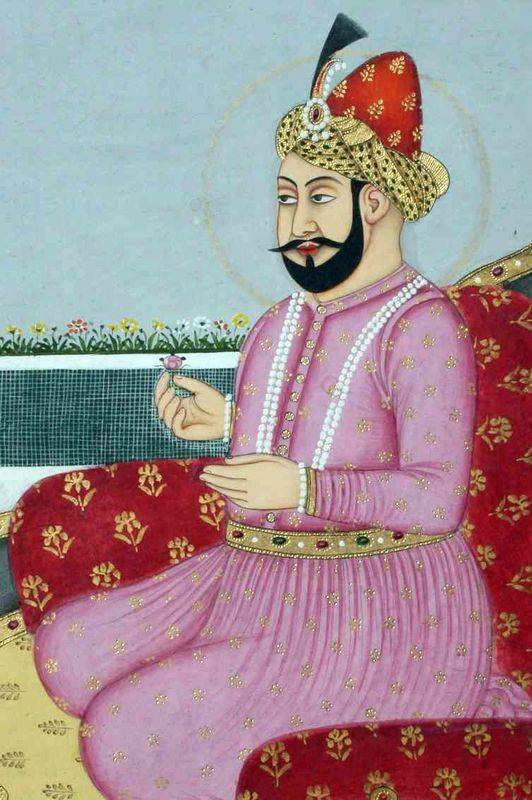
Humayun was Babur’s son and each of his brothers were in charge of a province. Further, one of his ambitious brothers, Mirza Kamran weakened his fight against the Afghans. In 1539 Sher Khan defeated him at Chausa and he fled to Iran after the Battle of Kanauj in 1540. With the help of Safavid Shah he recaptured Delhi in 1555 but died after an accident.
Akbar (1556-1605)
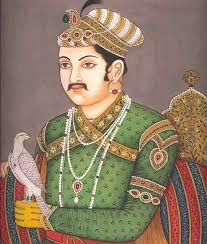
The Mughal Empire flourished under Akbar launched military campaigns against the Suris and the Afghans to suppress the revolt of his half-brother. Mirza Hakim and the Uzbegs. He captured Sisodiya in 1568 and Ranthambhor in 1569. He then started more campaigns in Gujrat, Bengal and Orissa between 1570-1585 which were complex because of his half-brother’s revolt. However, after his half-brother’s death, Akbar’s empire expanded and he conquered the north west, Qandahar, Kashmir, Deccan regions, Berar, Khandesh and parts of Ahmadnagar.
Akbar’s policies: Abul Fazl wrote a book called “Akbar Nama” (Ain-i-Akbari) to discuss his policies. He explained that the provinces (subas) were governed by subadars who carried out political and military functions. They were supported by financial officers (diwans), military paymasters (bakshis), religious minister (sadr), military commanders (faujdars) and the town police (kotwals). However, towards the end of the 17th century they were no longer loyal and made independent networks of their own.
Akbar and other religions: He was also interested in other religions like Ulama, Brahmanas, Roman Catholics, etc. so he discussed the same at Fatehpur Sikri in the ibadat khana. He then realized that those who emphasized on dogmas were bigots as it led to intolerance. He then had the idea of sulh-i-kul or “universal peace.” This meant that people must focus on ethics and good governance which was followed by Jahangir and Shah Jahan as well.
Jahangir (1605-1627)
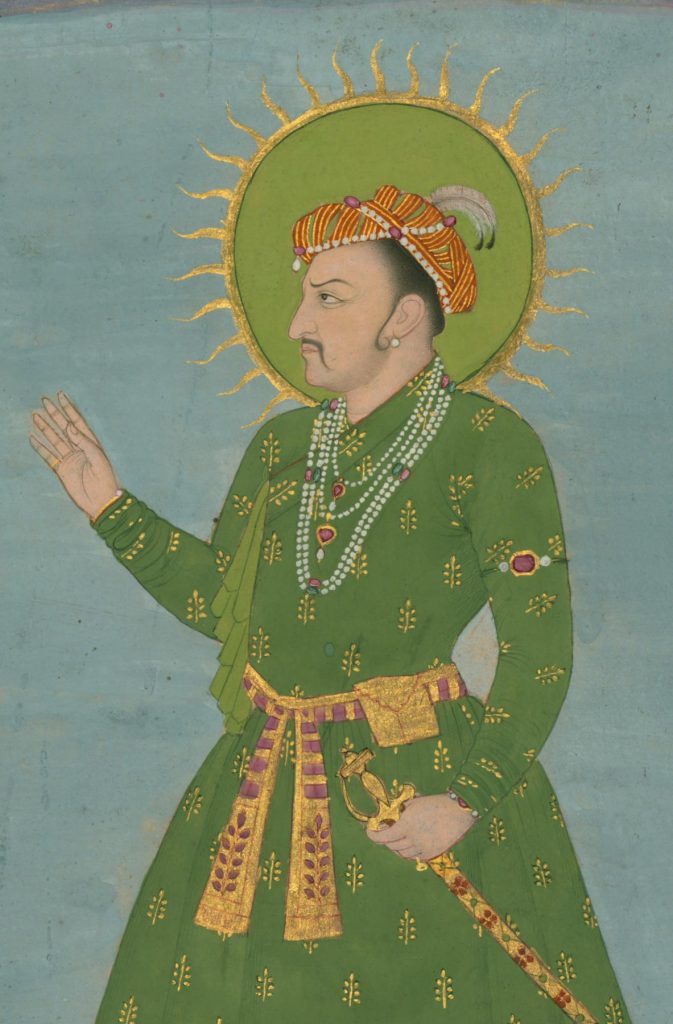
He rebelled against Akbar towards the last years of his reign and the efforts of his wife, Nur, to marginalize him failed.
Shah Jahan (1627-1658)
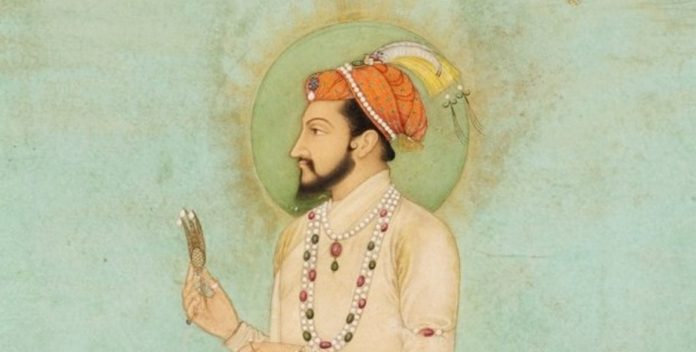
He continued Mughal campaigns in the Deccan region and defeated Khan Jahan Lodi, an Afghan noble. He also defeated the Bundelas and seized Orchha. However, he was unable to seize Balkh from the Uzbegs and lost Qandahar to the Safavids. Further, he was imprisoned by his son, Aurangzeb who killed his three brothers and ascended to the throne.
Aurangzeb (1658-1701)
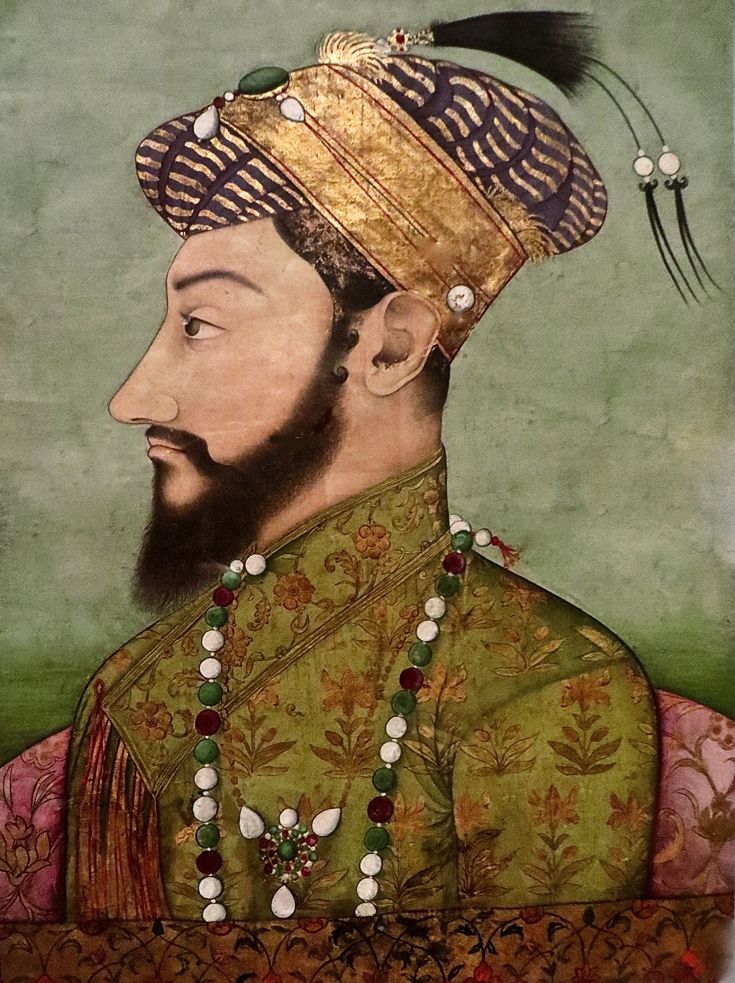
The Ahoms were defeated in 1663 but rebelled again in 1680. Campaigns against the Yusufzai and Sikhs were successful temporarily and he was able to make the Rajputs rebel in the Marwar area. Further, Shivaji of Maratha escaped from Agra and declared himself as king and started his own campaigns with the support of Prince Akbar and the Deccan Sultanate. Aurangzeb then sent armies to attack them and annexed Bijapur in 1685 and Golconda in 1687. Guerrilla warfare began when Aurangzeb captured Deccan form the Marathas. However, he died due to a succession conflict among his sons.
Mughal traditions of succession – NCERT Solutions For Class 7 History Chapter 4 Mughal Empire
The Mughals did not believe in primogeniture (the eldest son inhering the throne). They followed coparcenary inheritance where all sons got a share.
Mughal relations with other rulers – NCERT Solutions For Class 7 History Chapter 4 Mughal Empire
The Mughals not only campaigned against other rulers but also collaborated with some of them who accepted their power. For example, the Rajputs married many of their daughters to Mughals to support them. However, some of them like the Sisodiya Raputs of Merwar refused to do the same. Only once they were defeated did they give their lands as assignments (watan jagirs). The rulers of the Mughal Empire never humiliated their opponents and were good chieftains.
Mansabdars and Jagirdars – NCERT Solutions For Class 7 History Chapter 4 Mughal Empire
Those who joined the Mughal service were known as Mansabdars who held positions called mansabs. This was a grading system to form ranks, salaries (affixed through zat) and military responsibilities where he had to maintain a number of cavalrymen known as sawars who needed to get registered and get their horses branded before receiving their pay. The Mansabdars received salary through jagirs which were like iqtas. Unlike muqtis, they did not reside in any of these jagirs and only had right to revenue from it.
In Akbar’s reign the jagirs were measured carefully and the revenues were approximately equal to their salaries. However, in Aurangzeb’s rule, the real revenue received was always less than the amount given. This is because the number of mansabdars increased and the number of jagirs decreased. As a consequence, whenever a jagirdar had a jagir, they extracted as much money as possible which led to peasantry suffering greatly.
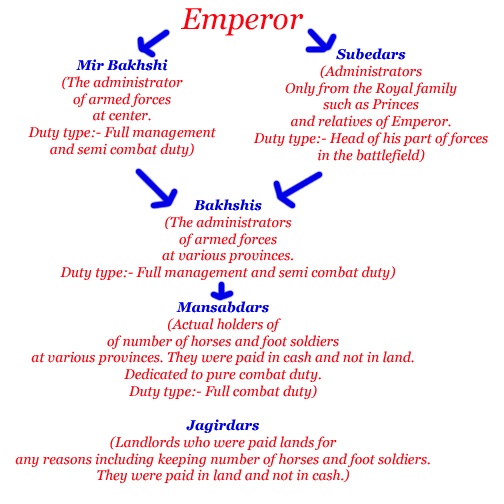
Zabt and Zamindars
Zamindars were intermediaries who were local headmen or chiefs who collected taxes. Further, Akbar’s revenue minister, Todar Mal carried out surveys on crop yields and affixed tax on each crop. Each province was divided and tax was collected which is known as zabt. Careful accounts needed to be kept so it was not adopted in Gujrat and Bengal. Sometimes, the peasants would rebel which led to instability in the 17th century.
Mughal Empire after the 17th century
- The Mughal empire prospered but there was widespread poverty. Further, the highest ranking mansabdars in Shah Jahan’s reign were only 445 in number out of 8,000 which is only 5.6% who received 61.5% of the total revenue.
- Further, primary producers like peasants and artisans did not have many resources as they did not receive enough revenue for investment
- As the Mughal empire came to an end in the 18th century, their servants constituted their own dynasties in provinces like Awadh and Hyderabad.
Questions and answers – NCERT Solutions For Class 7 History Chapter 4 Mughal Empire
- Match the following
| Mansab | Marwar |
| Mongol | Governor |
| Sisodiya | Uzbeg |
| Rathore | Rajput Mewar |
| Nur Jahan | Rank |
| Subedar | Jahangir |
Answer:
| Mansab | Rank |
| Mongol | Uzbeg |
| Sisodiya | Rajput Mewar |
| Rathore | Marwar |
| Nur Jahan | Jahangir |
| Subedar | Governor |
2. Where was Mirza Hakim’s capital?
Answer: Kabul
3. What were the five deccan sultanates?
Answer: Berar, Khandesh, Ahmadnagar, Bijapur and Golconda
4. What is a sarwar?
Answer: the number of cavalrymen of a mansabdar.
5. Abul Fazl helped Akbar develop an idea so that he could govern a socirty composed of many religions. What was it called?
Answer: Sulh-i-kul
6. What were the central provinces under the Mughal empire?
Answer: Delhi, Kabul, Mewar, Sindh, Marwar, Gujrat, Bengal, Bihar, Orissa, Chittor, Deccan.
7. What was the relationship between the mansabdar and the jagir?
Answer: mansabdars did not reside in the jagirs but received revenue from it which were like iqtas.
8. Who was known as a zamindar?
Answer: They were local headmen who collected taxes from peasants and acted as intermediaries between them and the Mughals.
9. How were the debates with religious scholars important in the formation of Akbar’s ideas on governance?
Answer: On speaking with people from other religions, Akbar realised that there are many social customs and religions that divide people and make them intolerant. Therefore, he came up with the ideal of sulh-i-kul which is universal peace.
10. Why did Mughals emphasise their Timurid descent and not their Mongolian descent?
Answer: Genghis Khan, the Mongolian ruler was associated with massacres of innumerable people whereas Timur, the Iranian ruler captured Delhi.
11. What was the importance of income from land revenue?
Answer: It established stability in the empire as the money was used to build forts and for the welfare of the subjects. It was also used to pay the mansabdars.